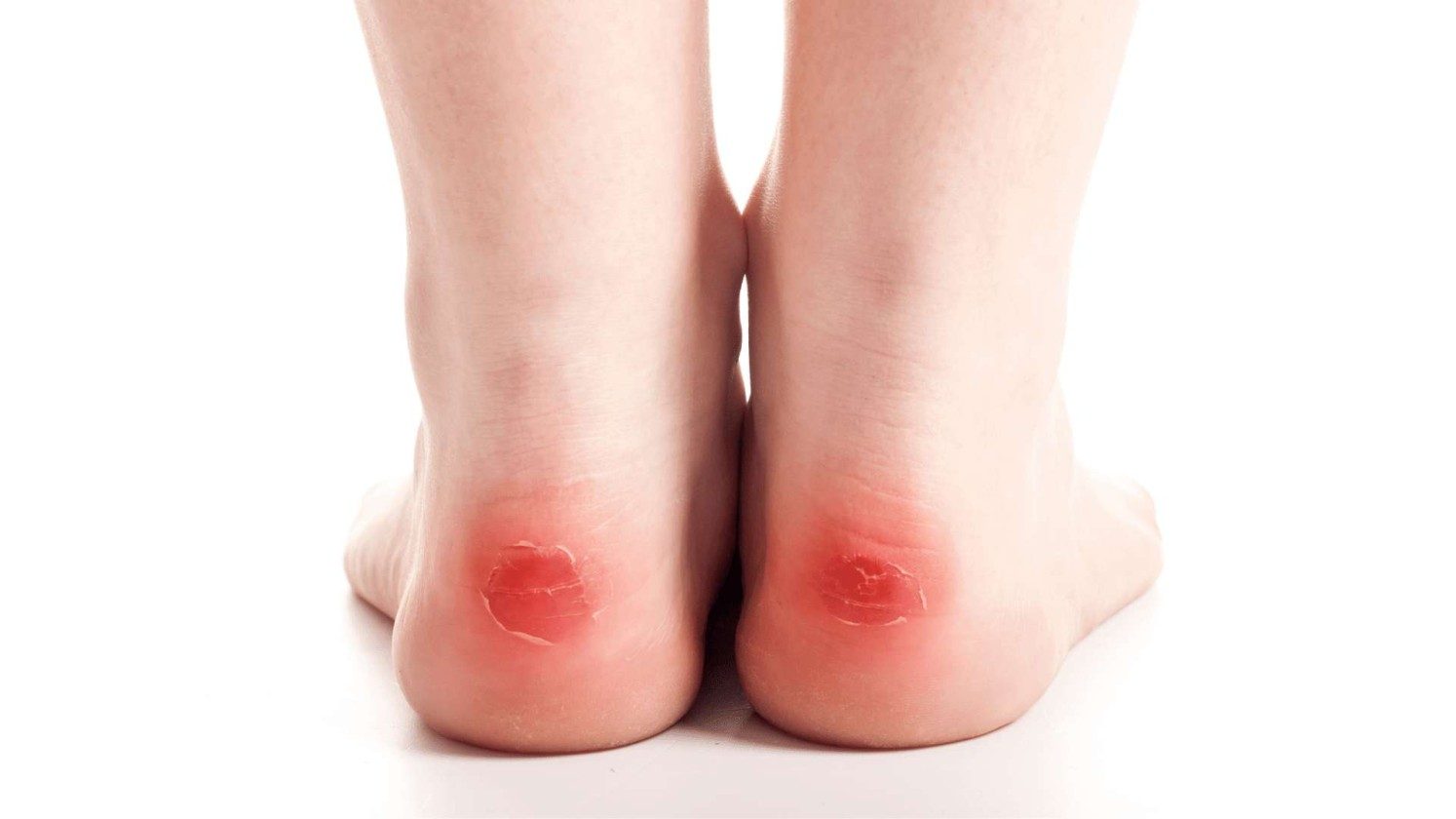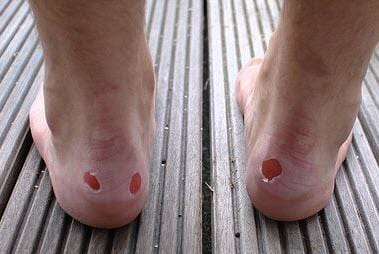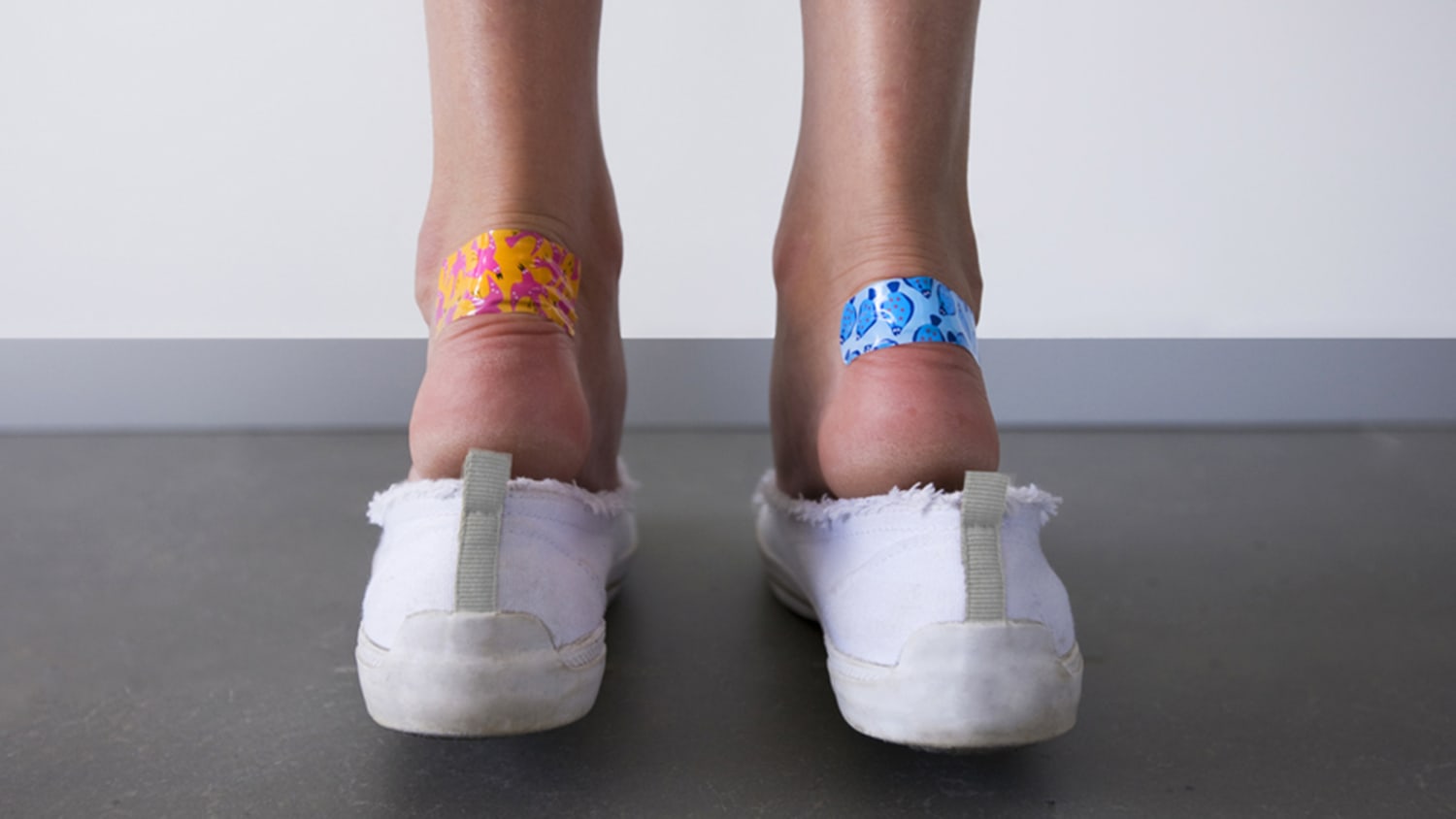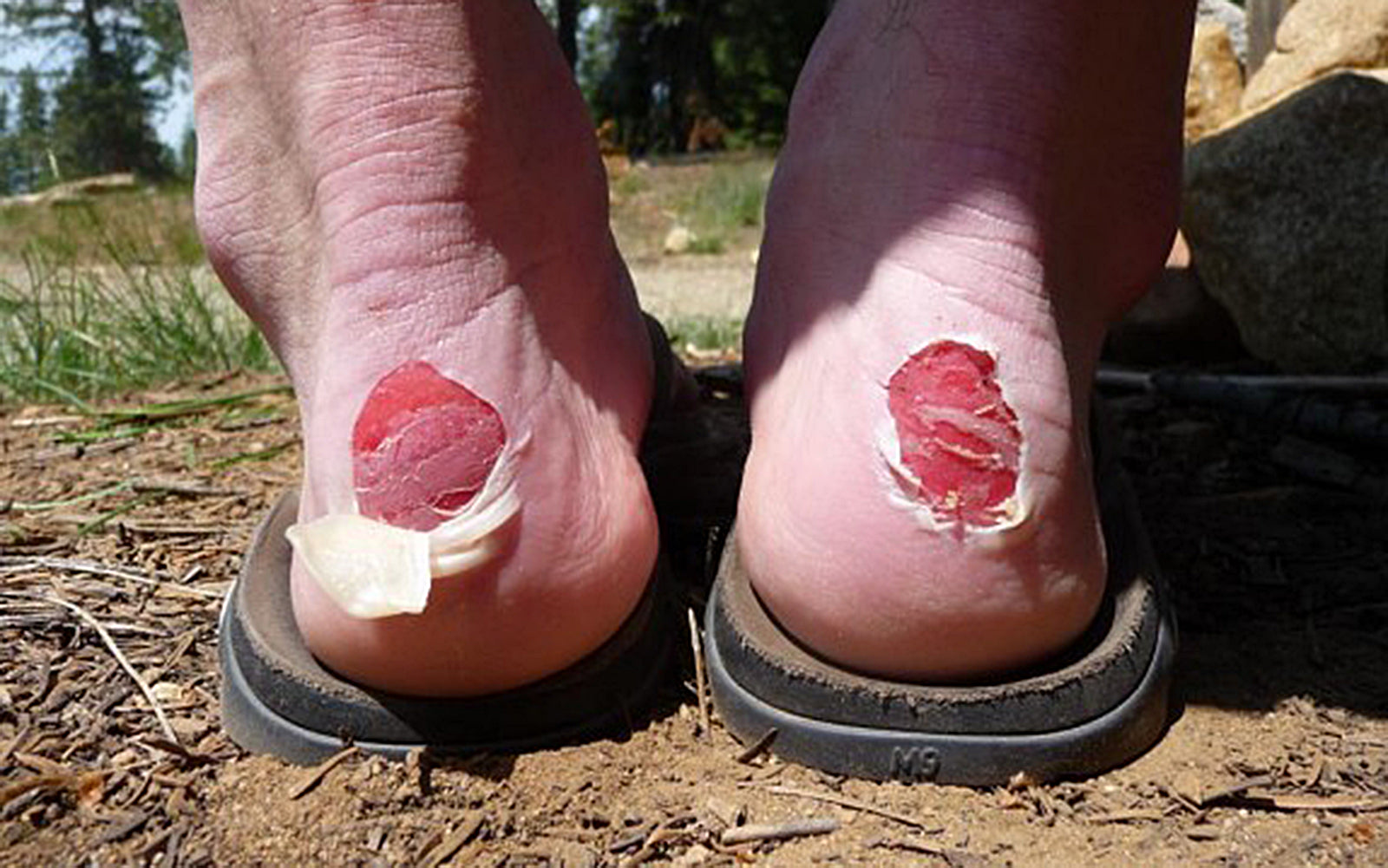Blisters on the back of the heel can be a painful and frustrating experience, especially when you’re trying to enjoy a day out or tackle your daily routine. While shoes are designed for comfort and support, improper fit or material can lead to inevitable friction and the painful consequences that follow. In this comprehensive guide, we will explore the reasons why shoes cause blisters, effective treatments, and prevention strategies that will keep your feet blister-free. Let’s walk through this topic together!
Understanding Blisters: What Are They?
Blisters are small pockets of fluid that form under the skin. They can develop due to friction, heat, or irritation. When it comes to shoes, the repeated rubbing against the skin can cause protective layers of the epidermis to separate, filling the space with fluid. This can happen on any part of the foot, but the back of the heel is particularly vulnerable.
Why Do Shoes Cause Blisters on the Back of the Heel?
Numerous factors contribute to the formation of blisters on the back of the heel. Understanding these causes is essential for finding effective prevention strategies.
1. Improper Fit
One of the primary reasons for blisters is wearing shoes that do not fit properly. Shoes that are too tight or too loose can rub against the skin, leading to friction and discomfort. Many Americans struggle with finding the right size, particularly in specialty shoe stores.
2. Material Composition
The material of the shoe can also play a significant role. Hard or stiff materials can be less forgiving, causing irritation and blisters. Opting for softer, more breathable materials may help reduce the risk.

3. Activity Level
A high level of physical activity, such as hiking or running, can increase the likelihood of blisters. If you’re planning an active day, choose shoes that you know fit well and provide adequate support.
4. Heel Height
The height of the heel can affect how pressure is distributed throughout the foot. High heels, for example, can cause your foot to slide forward, resulting in friction at the back of the heel.

Common Types of Shoes That Cause Blisters
Understanding which types of shoes are more likely to cause blisters can help you make better footwear choices.
1. Running Shoes
Running shoes can cause blisters due to improper fit, especially for beginners who may not be accustomed to the shoe’s structure.

2. Dress Shoes
Many dress shoes are made of stiff materials and may not be designed for comfort, leading to blisters during extended wear.
3. Boots
Boots can be particularly problematic if they are not broken in properly or if they do not provide adequate support.

Comparison of Shoe Types and Blister Risk
| Shoe Type | Common Material | Blister Risk Level | Typical Usage |
|---|---|---|---|
| Running Shoes | Mesh, Synthetic | Medium | Physical Activity |
| Dress Shoes | Leather, Faux Leather | High | Formal Events |
| Boots | Leather, Canvas | High | Outdoor Activities |
| Casual Sneakers | Canvas, Mesh | Low | Everyday Wear |
How to Treat Blisters on the Back of the Heel
If you find yourself with a blister, there are several effective treatments you can try to alleviate discomfort and promote healing.

1. Keep it Clean
Clean the area with mild soap and water to prevent infection. Avoid popping the blister, as this can introduce bacteria.
2. Protect the Blister
Cover the blister with a sterile bandage or blister-specific dressing. Products like MolecuCare Blister Bandages can provide cushioning and protection.

3. Reduce Friction
While you heal, wear loose-fitting shoes or sandals to reduce further friction against the blister.
Blister Treatment Products Comparison
| Product Name | Type | Key Features | Price |
|---|---|---|---|
| MolecuCare Blister Bandages | Adhesive Bandage | Cushioning, waterproof | $7.99 |
| Second Skin Blister Pad | Gel Pad | Adhesive, breathable | $9.99 |
| Compeed Blister Plasters | Plaster | Waterproof, absorbs moisture | $8.50 |
| Band-Aid Blister Treatment | Adhesive Bandage | Waterproof, non-stick | $5.50 |

Preventing Blisters: Tips and Tricks
Prevention is always better than cure. Here are some tips to help you avoid blisters on the back of your heels:
1. Choose the Right Shoes
Invest in well-fitted shoes that are appropriate for your activity. Try shoes on at the end of the day when your feet are slightly swollen to find the best fit.

2. Break Them In
When purchasing new shoes, take the time to break them in gradually. Wear them for short outings before committing to long wear.
3. Use Anti-Friction Products
Consider using anti-friction balms or powders on areas prone to rubbing, such as the back of your heel. Brands like Body Glide offer effective products for this purpose.
4. Wear Appropriate Socks
Opt for moisture-wicking socks made from synthetic or merino wool materials to help reduce friction and keep your feet dry.
Comparison of Sock Materials and Their Benefits
| Sock Material | Moisture-Wicking | Breathability | Durability |
|---|---|---|---|
| Cotton | No | Medium | Low |
| Wool | Yes | High | Medium |
| Synthetic | Yes | High | High |
| Bamboo | Yes | High | Medium |
FAQs: Shoes Causing Blisters on the Back of Heel
Q1: Why do I get blisters on the back of my heel even with new shoes?
A: New shoes often require a break-in period and might cause blisters until they mold to your foot’s shape. Properly breaking them in and ensuring they fit well can help reduce this risk.
Q2: How can I prevent blisters while hiking?
A: To prevent blisters while hiking, wear moisture-wicking socks, choose the right footwear, and apply anti-friction balms in high-friction areas.
Q3: Is it better to pop a blister or leave it alone?
A: It is best to leave a blister intact as it protects underlying skin. If it pops on its own, clean the area and cover it to prevent infection.
Q4: Are there any specific shoe brands recommended to avoid blisters?
A: Brands known for comfort and blister prevention include Brooks, Asics, and Merrell. Always try on shoes and walk in them before purchasing.
Q5: Can changing my insoles help prevent blisters?
A: Yes, changing to cushioned, moisture-wicking insoles can help reduce friction and provide better support, which may prevent blisters.
Conclusion
Ultimately, dealing with blisters at the back of your heel can be mitigated through informed choices and preventive measures. Picking the right shoe, using protective products, and caring for your feet can go a long way in ensuring comfortable, blister-free days ahead. Remember, your feet deserve the best care, so treat them with kindness!